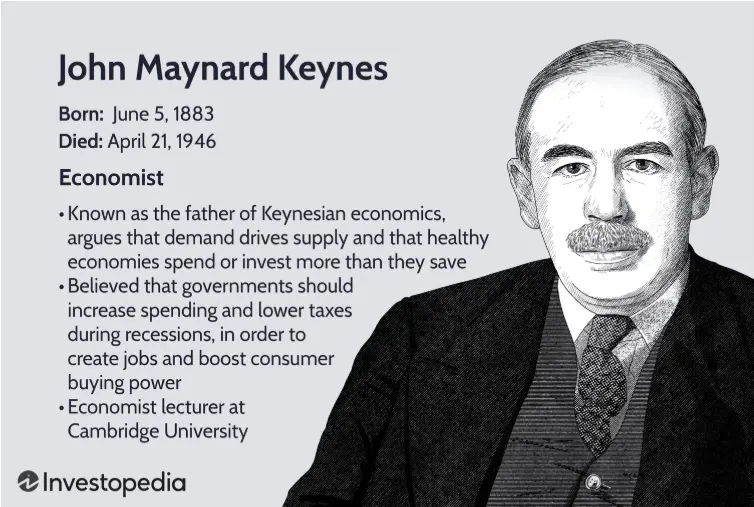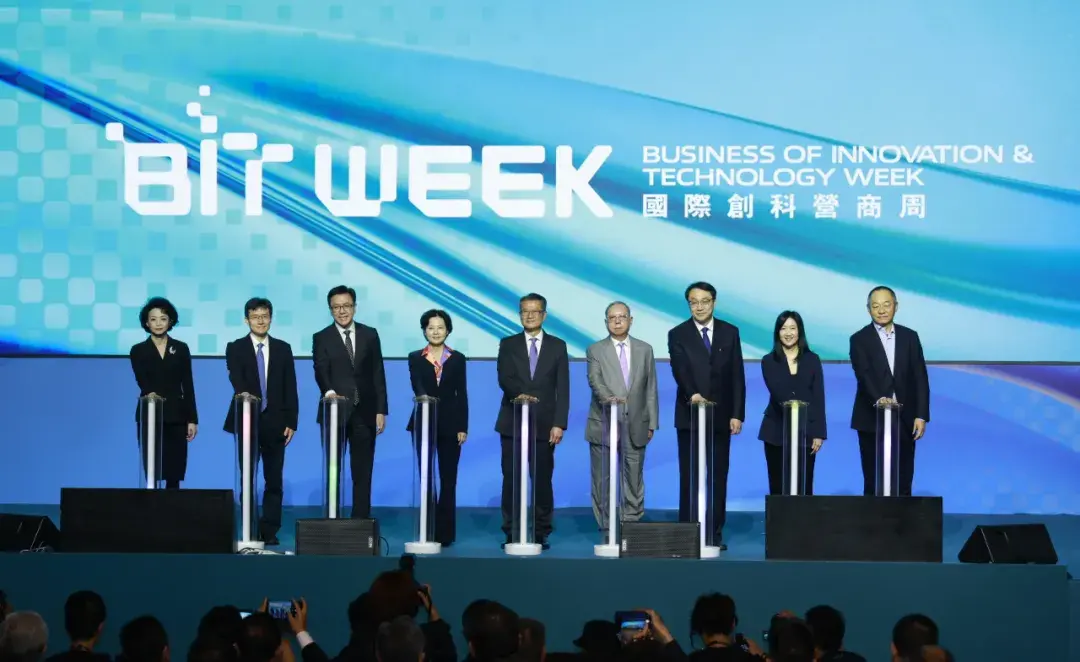Is DeFi Summer gone for good? With the explosion of new MEME assets, will there be a DeFi Summer targeting these new assets?
Currently, we have entered the mid-term of a bull market, with unprecedented increases in on-chain liquidity. Major public chains are competing to capture liquidity in the market. The Desci, AI, Depin, and RWA sectors have initiated a new round of narratives aimed at attracting new capital. So, how can we achieve rapid wealth growth during this rare bull market cycle?

In my opinion, the patterns of each bull market are traceable, and making money during a bull market mainly relies on three directions:
Doubling assets through trading cryptocurrencies, which requires strong investment research capabilities and position management, as well as a bit of luck. In each bull market, only a small number of people can succeed through this path, while most people are more likely to "wash white" during a bull market.
Achieving profit through exchanges/trading tools by earning transaction fees: This is the most obvious way to profit during a bull market. For example, Pump.fun, Moonshot, and the explosive DEXX can accumulate a large amount of transaction fees in a very short time. The difficulty of this path lies in the need for a certain technical threshold and addressing the actual needs of traders. Additionally, this sector is highly competitive, with many competing products diverting profits; only by being at the forefront or excelling in a niche can there be room for profit.
Issuing new narratives and new assets. Each bull market brings a large influx of new capital, while the existing capital seeks good targets to achieve wealth multiplication beyond mainstream assets. The entry of this capital will create a consensus value bubble for new assets, and these bubbles can easily help project parties and early participants make money.
What is a consensus value bubble?
In a nutshell, it means that if 1M of capital enters the market, it will bring a 10M increase in market value for the new asset. At this point, as long as the project party has 5% of the circulating tokens, they can capture 0.5M of value. Although the tide will reveal who is swimming naked, this is the underlying principle of how new assets operate in a bull market. Utilizing this effect can lead to profits in a bull market; otherwise, it can only be "someone else's bull market, your anxiety."
That was a bit of a digression, so let's bring it back. Today, I mainly want to introduce a protocol based on a joint curve that builds a liquidity layer for smart society—Solio. Solio is a liquidity layer protocol created by a development team from Berlin, Germany. This protocol enables asset issuance, trading, liquidity aggregation, and liquidity innovation in financial derivative scenarios. Solio aims to create a liquidity layer for smart society and help users better create and manage the liquidity of new assets through SDKs, SuperAPPs, and liquidity aggregation layers.
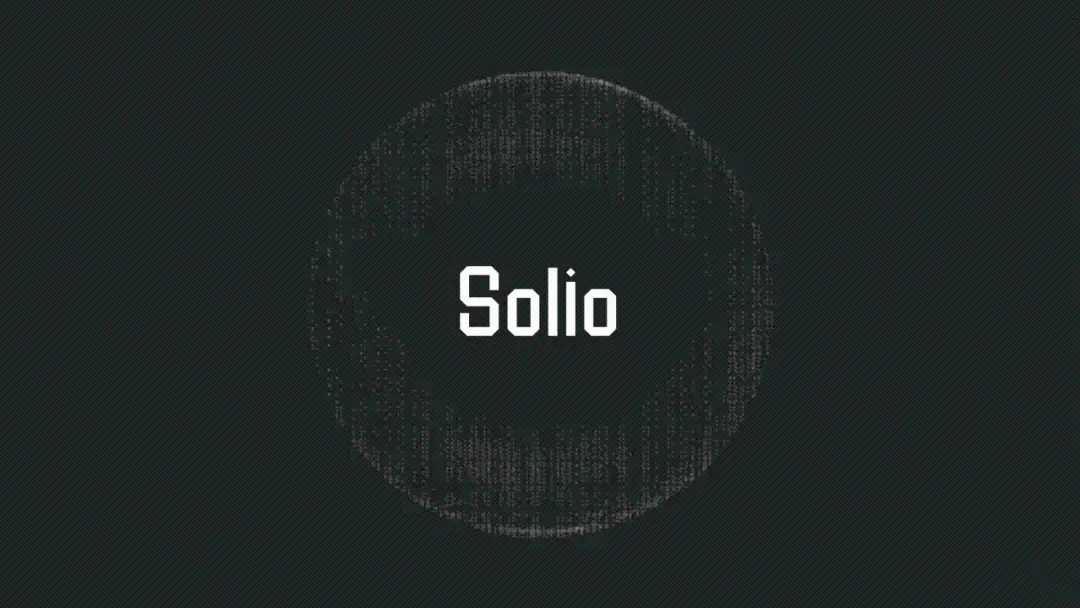
So, what is a smart society?
To understand a smart society, we first need to clarify what blockchain and Web3 can bring to our real world. In traditional society, the cost of changing the operational model of the social economy is usually enormous and heavily reliant on the will of a specific organization or individual. However, with the development of society, technological productivity will significantly increase, and the main contradiction that society needs to solve will no longer be how resources are produced, but rather the distribution of resources and how to build a fair and transparent economic system. Therefore, the vision of a smart society is that anyone can use tools to build an economic system and quickly achieve social experiments through on-chain consensus, constructing new assets and new economic mechanisms from 0 to 1.
Currently, smart society has become one of the most promising development directions in Web3. Led by the ETH Foundation, the leading project in this sector, Praxis, has completed a financing of 500 million USD, and the Popup City movement has emerged worldwide like mushrooms after rain. In the near future (by 2025), we will welcome a new wave of innovative asset issuance.

What kind of assets can become assets of a smart society?
The most important factors for asset issuance in a smart society are: fairness, transparency, and sustainability. From inscriptions to MEME, the habits of Web3 users have changed. They have shifted from relying on VC and project teams to focusing more on whether the token economic model is fair, which is the most concerning issue for users entering the market. However, for a smart society, fairness alone is not enough; the economic model also needs a certain degree of robustness to withstand the test of time. Therefore, the sustainability of the economic model is very important.
Solio builds the liquidity layer for smart society based on joint curves.
Solio provides an SDK to help users customize asset issuance based on actual conditions through joint curves and manage asset liquidity, thereby supporting the asset layer of smart society.

What is a liquidity layer?
The five-layer architecture of Web3 includes: consensus layer, protocol layer, liquidity layer, application layer, and interaction layer.
Consensus Layer: Provides the security and trust foundation for a decentralized network.
Protocol Layer: Provides core protocols and standards on the blockchain for building interoperable infrastructure.
Liquidity Layer: Connects assets, users, and markets, enhancing the capital efficiency and liquidity of the decentralized ecosystem.
Application Layer: Decentralized applications (DApps) aimed at users, providing practical use cases and functions.
Interaction Layer: The interface layer for users to interact with Web3 applications, simplifying operations and enhancing user experience.
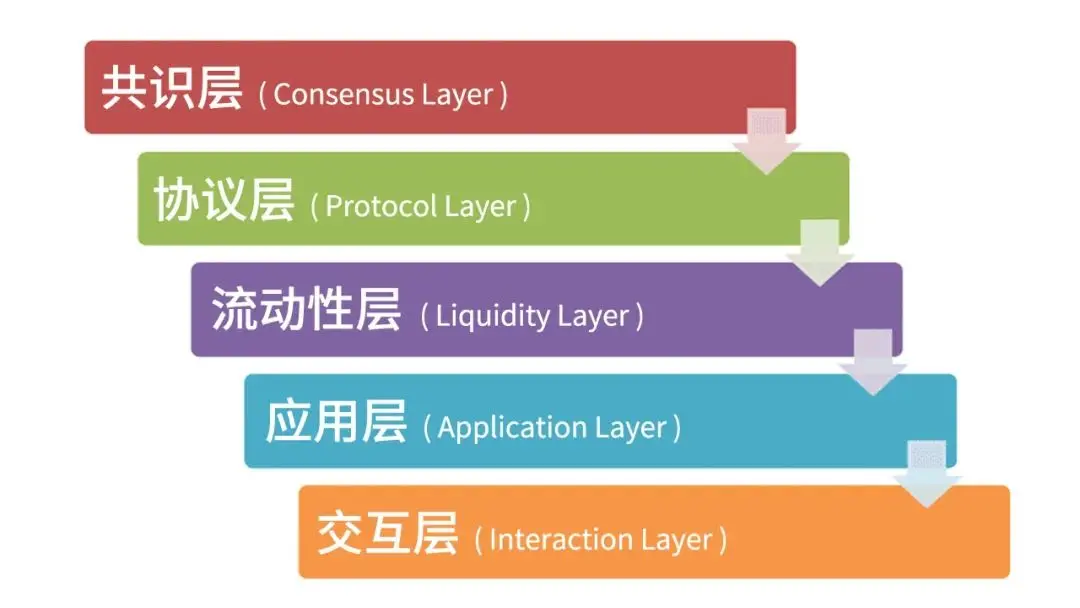
In simple terms, the liquidity layer mainly does the following: asset issuance, liquidity management, liquidity aggregation, and liquidity re-release.
Asset Issuance: Provides tools and mechanisms to support users or project parties in creating tokens or assets.
Liquidity Management: Ensures that issued assets can be effectively traded in the market, possessing sufficient liquidity to avoid excessive slippage or insufficient market depth.
Liquidity Aggregation: Integrates liquidity from multiple chains or protocols to solve fragmentation issues.
Liquidity Re-release: Improves the circulation efficiency of assets, reactivating dormant liquidity.
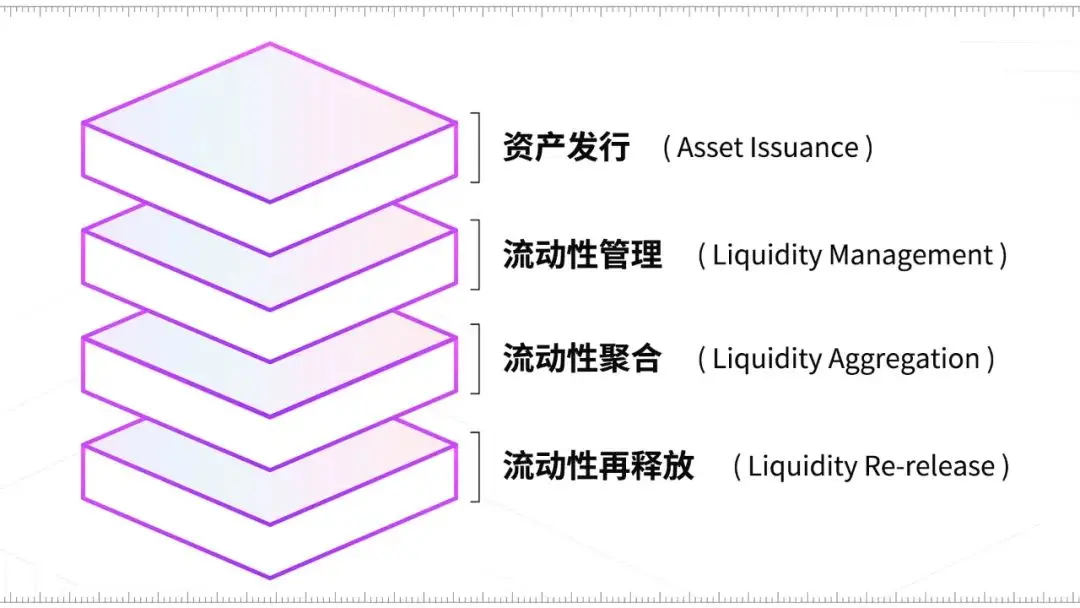
Why is Solio a better liquidity layer solution?
First, we need to understand what liquidity is. Liquidity refers to the assets that can be traded in the market and is the foundation of asset issuance and DeFi. Whether it is asset issuance, trading, or various DeFi scenarios, its essence lies in constructing a liquidity distribution. This may be difficult to understand, but it becomes clearer when rephrased: when we participate in asset issuance, asset trading, or in some DeFi scenarios (such as lending) or prediction markets, we are actually acting as counterparties to the liquidity in the contracts. Our inputs and outputs are determined by the liquidity distribution in the contracts.
Mathematically, any liquidity distribution can be achieved through joint curves (a type of mathematical transformation). Therefore, joint curves are a universal liquidity construction solution. Previously, asset issuance, trading, lending, and prediction markets required independent contracts or platforms, but on Solio, everything can be achieved through joint curves.
What are the benefits of this implementation? The biggest advantage is that liquidity can be aggregated at a higher level on the joint curve (both horizontally and vertically). For example, in trading scenarios, traditional DEXs usually use Reserved Curve as the underlying AMM, which requires constant verification of the asset status in the contract for calculations. However, in joint curves, only the function of the joint curve and the current supply status need to be known. Therefore, horizontal and vertical aggregation can be achieved.
Horizontal Aggregation: For the same type of scenario, such as asset issuance, if assets A and B use the same Anchor Token, then this portion of liquidity can be shared, thus obtaining additional liquidity yielding benefits. Solio achieves liquidity re-release by issuing sToken stable assets.
Vertical Aggregation: For different types of scenarios, such as asset issuance and lending, liquidity aggregation can also be achieved through the coupling of joint curves. A specific scenario could be providing native lending for issued assets, thus meeting users' leverage needs. As long as it is mathematically below the zero boundary of circular clearing, the system is absolutely safe, and vertical aggregation can bring positive externalities to the system.
An imperfect analogy would be that the innovation brought by Solio is somewhat like an operating system in a smart society, not only achieving the programmability of the economic system but also enhancing the composability of the economic system based on liquidity layer aggregation.




